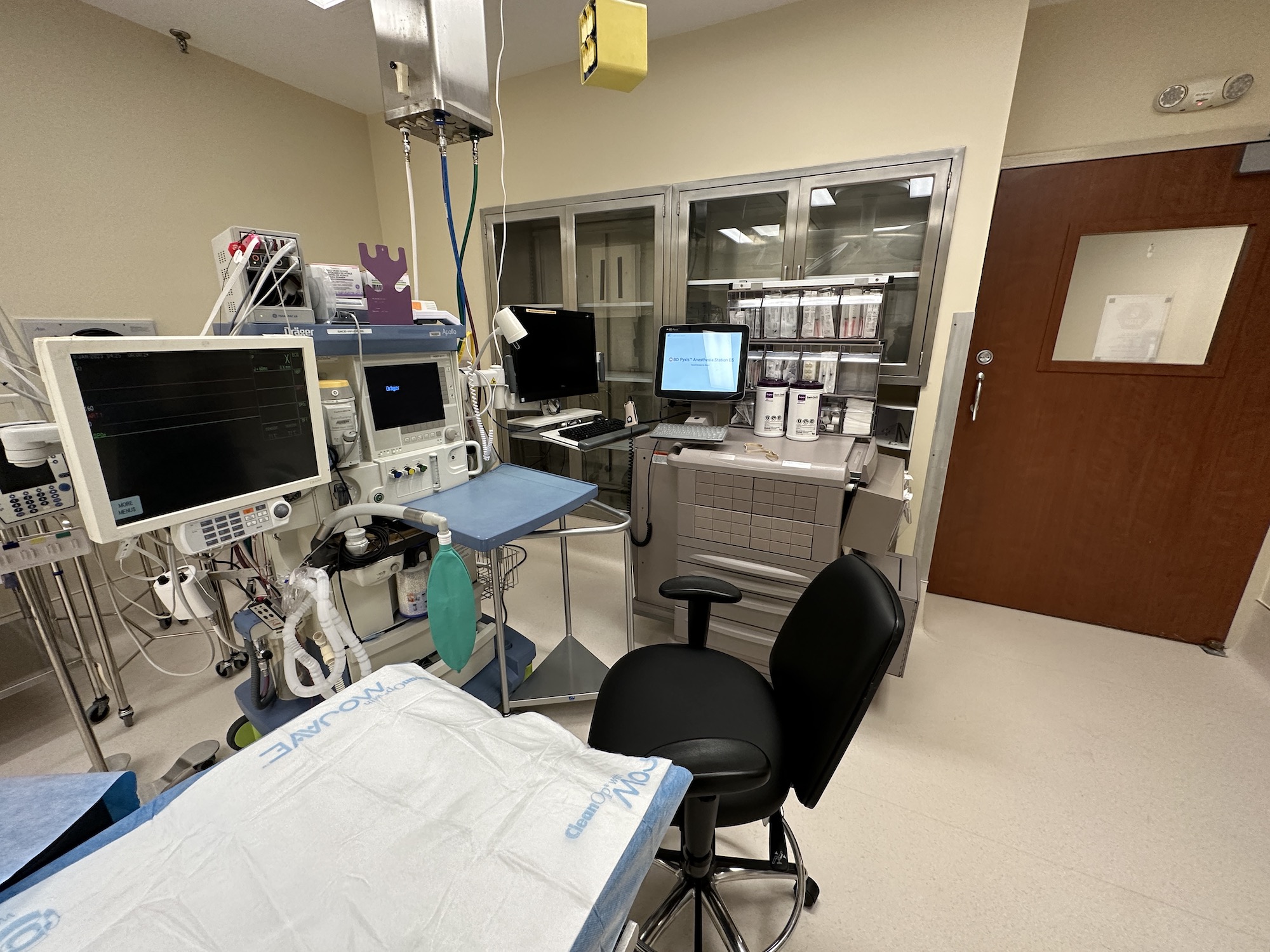It’s often difficult for medical students to understand their role on an anesthesiology elective. Compared to many core rotations, there aren’t pre-defined tasks (rounding, clinic, etc.), the workflow is much more variable, and students often have unrealistic expectations.
Many days, you may not get the opportunity to do any procedures. You might follow a different attending physician each day, making continuity difficult. The types of cases can be highly variable, and things are in constant flux. Here are some tips to help you make the most of your anesthesia elective:
- If you want a recommendation letter from the rotation, let the attending know early. In particular, students should aim to get a letter from the program director but also prominent faculty. Because you’ll be working with different faculty during your elective, feedback is often provided to the letter writer from everyone to create a more composite evaluation.
- Prepare beforehand. Before starting your anesthesia elective, have a basic understanding of the anatomy, physiology, pharmacology, and anesthetic techniques. You can review your textbooks, attend preceptorship sessions, or even watch online videos to prepare yourself. The Stanford CA-1 Guide, Pocket Anesthesia, OpenAnesthesia, ACCRAC podcast, and even this website (😀) can be helpful!
- Introduce yourself. Ask others who have rotated on the elective before where to be the first day, and introduce yourself – to the attendings, fellows, residents, scrub nurses, pre-op/PACU nurses… everyone! I’ve certainly heard of (and been involved with) situations where students are practically on their phones in the corner of the OR, never introduce themselves, but dart to the head of the bed at the time of induction, expecting the anesthesia resident/attending to guide them through mask ventilation and intubation. Honestly, not only is this a huge red flag regarding professionalism and basic etiquette (common sense?), but yeah, that’s not going to make anyone inclined to teach you anything.
- Situational awareness is incredibly important. Read the room! If things aren’t going great during a procedure, please do not occupy the space immediately by the patient or ask nuanced questions. So much can be learned just by watching. This awareness also applies to critical times during the case (e.g., induction, emergence, coming off cardiopulmonary bypass, etc.) Plenty of opportunities exist to ask questions or debrief after the case ends.
- Have realistic expectations. Understand that there are many trainees involved with cases. For example, having a fellow or resident, an anesthesiologist assistant student, and a medical student is not unusual. In many situations, there might not be enough procedures to go around, and in some situations, the most experienced trainee should be the one doing the procedure. Again, much can be learned by watching those with more experience perform procedures, so when you have the opportunity, you’ll be ready!
- Learn the workflow. In the first few days of the rotation, get familiar with the workflow. Where are the pre-op and post-op areas? Where are the ICUs? What’s the typical sequence residents/attendings have in the morning (room set up, going to the pharmacy, rounding out the preparation, seeing the patient in pre-op holding, etc.) What are the important phone numbers? Where are the supplies? Spending the time to learn these basic things can make you tremendously helpful (and stand out!) during the rotation. Not all cases will be general anesthetics; however, all cases require some form of monitoring. Learn how to connect the EKG leads, pulse oximetry, and blood pressure cuff. Learn how to begin pre-oxygenating. Remember, bag-mask ventilation is a life-saving skill. Endotracheal intubation is not. Some of the best med students I’ve worked with attach these “standard ASA monitors” analogous to an F1 pit crew – by the time I look up, everything is connected and cycling!
- Observe attentively. During your anesthesia elective, observe every aspect of the anesthetic, including patient assessment, preoperative preparation, drug administration, airway management, procedures, and patient monitoring. You can also observe the anesthesiologist’s communication with the surgical team and the patient and their decision-making and problem-solving skills.
- Anesthesiology isn’t just about learning to intubate. I’d say < 5% of what I discuss with trainees deals with the airway. As an intensivist, I’m more interested in teaching the pathophysiology, pharmacology, nuances of the surgery, and interpretation of advanced monitors relevant to the procedure. Come ready to learn!
- Participate actively. While observing is crucial, actively participating in the anesthesia procedure is equally important. You can help with patient positioning, airway management, IV line insertion, and other basic procedures. This will give you a hands-on experience with the anesthetic and help you develop your technical skills.
- Keep a logbook. Maintain a logbook of your experiences during your anesthesia elective, including the procedures you observed or participated in, the patients you interacted with, and the questions you asked. This will help you consolidate your learning and recall your experiences when needed.
- Reflect on your experiences. Reflect on your experiences during your anesthesia elective, and identify the strengths and weaknesses of your knowledge and skills. This will help you focus on areas that need improvement and set goals for further learning.
- Ask questions. Don’t hesitate to ask questions of the anesthesiologist, nurses, and other healthcare professionals involved in the anesthesia procedure. You can ask about the rationale behind a particular drug choice, the indications and contraindications of a specific technique, or any other questions. This will help deepen your understanding of the anesthesia procedure and clarify misconceptions.
In conclusion, your anesthesia elective is a valuable opportunity to learn about anesthesiology, develop technical skills, and build confidence as a medical student. By preparing beforehand, observing attentively, participating actively, asking questions, keeping a logbook, and reflecting on your experiences, you can make the most of your anesthesia elective!
I’d love to hear from other anesthesiologists or anesthesiology residents – what other tips do you have for medical students? Drop me a comment below with your thoughts!






